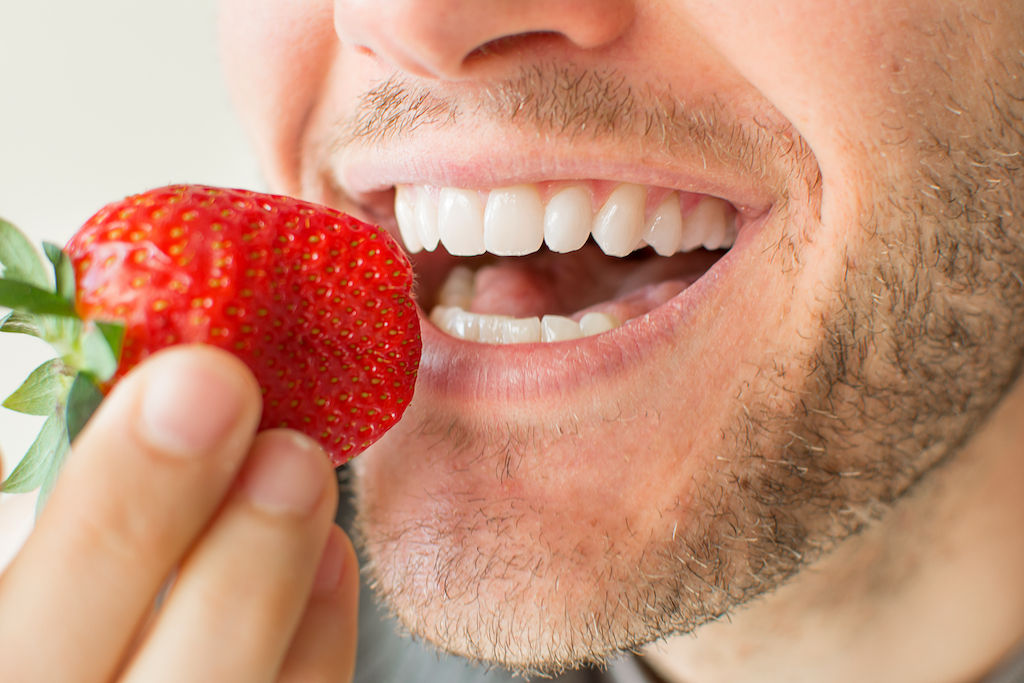 Photo Credit: Courtesy of Glayan/Shutterstock
Photo Credit: Courtesy of Glayan/Shutterstock
Do you savor strawberries, lemons, and apples, the fruit of the Earth? Wait till you hear this. Taking care of your teeth means more than just brushing and flossing. Your diet matters too. Certain foods, even your favorites, can harm your teeth. But knowing this can help you keep your teeth strong and avoid problems. No need to panic just yet – there's a solution at hand.
The Culprits of Enamel Damage
Tooth enamel, the tough outer layer of your teeth composed of various minerals, can be compromised by certain acids found in your diet. These acids react with the minerals in your enamel and can lead to tooth decay. But which acids are the culprits, and how can you identify them? Colorful foods can indeed contribute to teeth staining, yet determining the presence of acids requires closer attention.
Measuring Acidity: Understanding pH Levels
Acidity is the primary cause of enamel erosion. To protect your teeth, it's important to determine whether a food is acidic. pH levels provide a valuable measure of acidity on a scale from one to seven. This scale gauges the acidity or alkalinity of substances. Ranging from 0 to 14, a pH value between 0 and 4 signifies high acidity. A pH exceeding 4.5 indicates mild acidity or alkalinity. Foods with pH levels between 4 and 4.5 fall in the slightly acidic or neutral range. It's worth noting that foods with higher pH levels are less likely to harm your enamel. Here's an easy-to-follow scale with some examples:
- Highly Acidic Foods: Lemons, limes, peaches, grapefruits, strawberries, grapes, and apples.
- Moderately Acidic Foods: Tomatoes, maple syrup, and honey.
- Least Acidic: Eggs, milk, and cheese.
Preventative Measures
The best thing to do is limit the amount of high-acid foods. Another way is to brush and floss regularly, an hour after each meal. If you can’t make time to brush, an easy solution is to swish your mouth with water or mouthwash to rinse away any leftover acidic particles.
Damaged tooth enamel may be common, but is avoidable when you know which foods to stay away from and the steps to take after you do eat highly acidic foods. Take our advice and you’ll be sure to slow down any future discoloration and decay that happens in your mouth.
For any questions, visit Dr. Mimi Yeung at M.Y. Dental Spa office in New York, New York.
For more information, visit Dr. Mimi Yeung's social media:

























